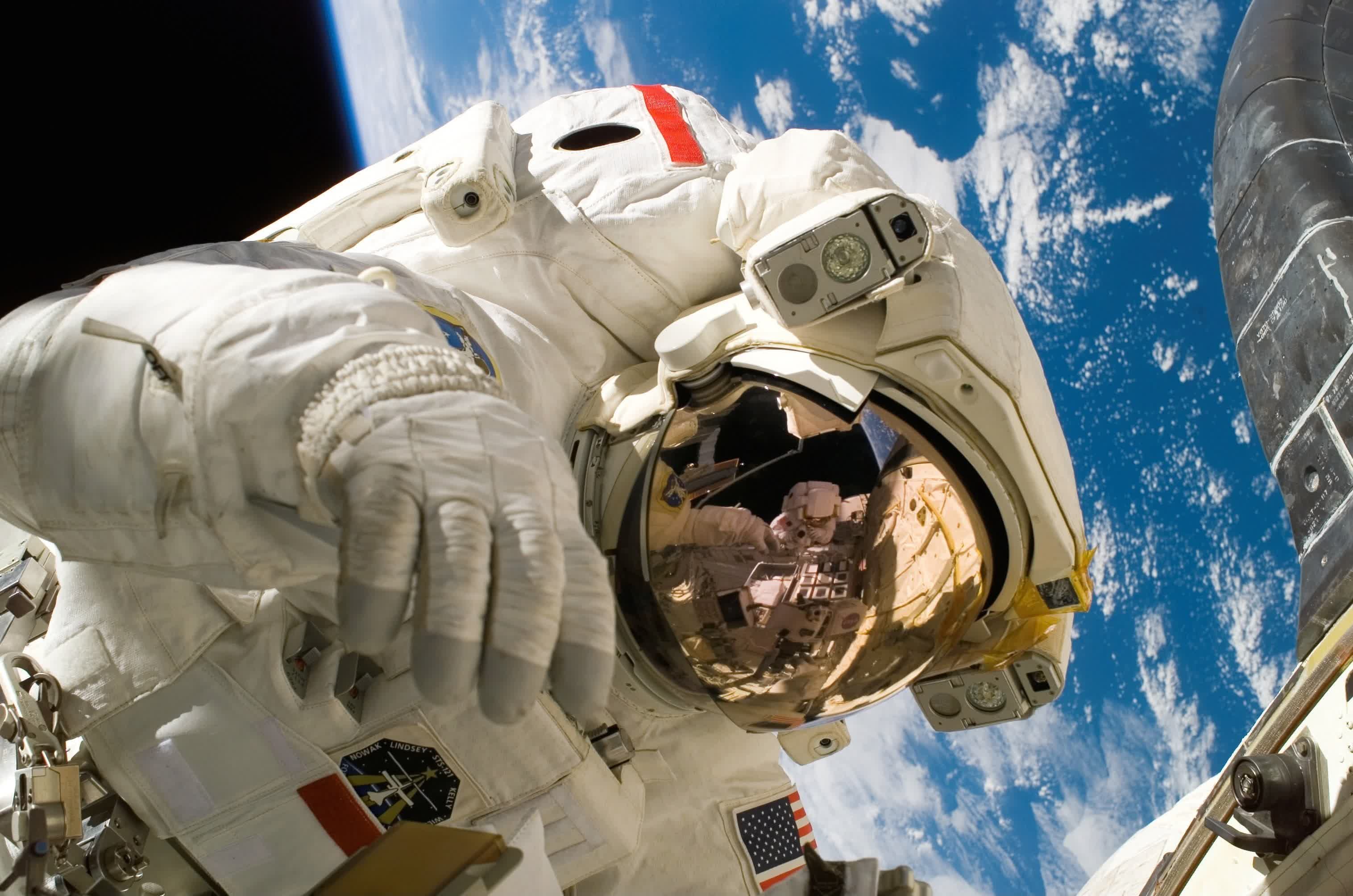In brief: The International Space Station (ISS) recently had a close call with a piece of space junk that could have proven catastrophic had no action been taken. The orbital debris in question, a piece of the defunct Fengyun-1C weather satellite, was left over from a Chinese anti-satellite missile test back in 2007. The missile hit the satellite at a speed of around 18,000 mph, resulting in the creation of thousands of pieces of orbital debris.
To avoid a potential collision with one of the pieces, a Russian supply spacecraft docked to the ISS fired its rockets for just over six minutes on November 11. This altered the speed of the ISS, raising its orbit by 1.2 kilometers (0.75 miles) and positioning it out of harm's way.
The ISS orbits Earth at just over 17,100 mph. At that speed, even a tiny piece of space debris could cause serious damage.
As of this past May, the Department of Defense's global Space Surveillance Network (SSN) sensors were tracking more than 27,000 pieces of space junk larger than a softball. What's more, there are at least half a million additional pieces of debris that are the size of a marble or larger.
Since 1999, the ISS has conducted 29 debris avoidance maneuvers, three of which occurred in 2020.
The issue of space junk is likely going to get much worse before it improves. Companies including Starlink, Amazon and Boeing are deploying thousands of small satellites into low Earth orbit to beam down Internet connectivity to underserved areas of the globe.
Masthead credit Pixabay
